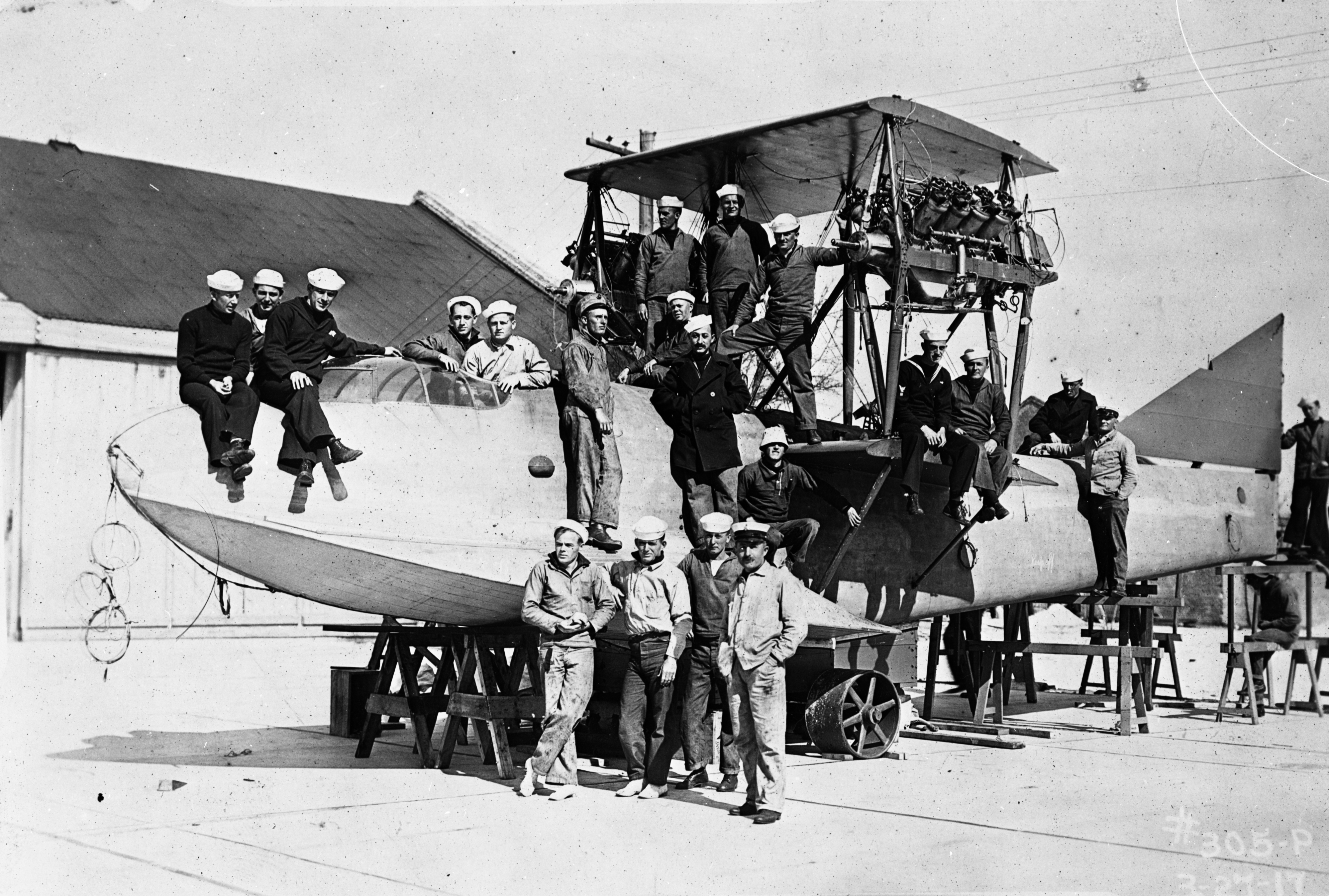Pestilence, Potions, and Persistence Early Florida Medicine
Hospitals
The nation's first hospital was established in 1597 in St. Augustine. Since that time, Floridians have required medical care wherever it could be had: behind fort walls, under tents at military outposts and training grounds, at missionary camps deep in the marshes and forests, in the private homes and businesses of physicians and healers, and eventually at large public institutions and state-of-the-art facilities.
In the late 16th century, the Spanish Crown had ordered that hospitals be built in every Spanish city in the New World, and by the time of the arrival of Governor Gonzalo Mendez de Conzo, a hospital was being attached to the Hermita de Nuestra Senora de la Soleded, west of present-day St. George Street. After that site was converted to housing, the Governor ordered the organization of the Hospital of Santa Barbara in 1600. Over the ensuing decades and centuries, hospitals in St. Augustine received various levels of support from the Spanish Crown and the governors of the city.1
During decades of infrastructure and economic development in the 19th century, most hospitals in Florida were built by private interests, either by individual physicians or by large industries that employed physicians to operate facilities in order to meet the health needs of thousands of employees. Timber and phosphate companies retained physicians to treat their workers. Railroad companies employed numerous physicians around the state and built hospitals in several Florida communities.
Henry M. Flagler led the effort to build Alicia Hospital, which when it opened March 1, 1890, was the only public hospital within the 100 miles between Jacksonville and Daytona Beach. The Alicia Hospital was located on Tremerton Street in downtown St. Augustine. Flagler proposed building the hospital in his newly adopted hometown, with the requirement that local citizens form an organization to operate it, which ladies from St. Augustine social circles did, establishing the hospital as a non-profit institution.2
As Florida developed, it both grew in population and attracted entrepreneurs and tourists by the millions. Doctors established private health clinics catering to wealthy patients. Major industries such as railroad, timber, and phosphate required salaried doctors and nurses to care for the workers in the camps and temporary communities that followed the companies as they expanded throughout the wildest parts of the state. Health resorts and private sanitariums were popular in Florida since the beginning of the state's emergence as a tourist destination during the 1870s. As a destination for tourists as well as adventurers and entrepreneurs, Florida has sought to meet the urgent health needs of its residents while promoting itself as a haven for the weary and ill.
Bureau of Health Facilities, Marine Hospital Service, and Public Health Infrastructure
The State Board of Health established a bureau to oversee new facilities such as quarantine wards for smallpox and yellow fever, regional clinics, and laboratory testing facilities across the state, although state-run facilities were never accessible for all Florida's citizens until after World War II. The Board opened wards for crippled children in 1912 in both St Luke's and Brewster Hospitals in Jacksonville. Porter continued to expand the Board's ability to collect health statistics from the entire state.
Even before the establishment of the State Board of Health in 1889, the Marine Hospital Service maintained quarantine and inspection facilities at several ports. The federal presence as a protector against diseases at Florida's ports remained in place after the founding of the Board, and the many army and naval bases all required health infrastructure.
The Florida State Hospital began in 1881 as the Florida Hospital for the Insane, and later the Florida Asylum for the Insane. The Florida State Hospital has operated in Chattahoochee for its entire history, now spanning three centuries. Over that time, the hospital has developed intimate connections with private businesses and the citizens of the area, and has owned and managed large amounts of land and sold commodities such as timber, scrap metal, and swill.
Medical research facilities and universities are integral parts of healthcare infrastructure, helping to ensure the number and level of training of physicians, and invigorating policy development and the regions they serve with the latest scientific findings and professional opinions. The first medical school in Florida, the Tallahassee College of Medicine and Surgery, opened in the 1880s. Soon after opening, it moved to Lake City, where it only remained open for a few years. In 1923, the University of Florida opened its College of Pharmacy. After calls by the governor's office, and decades of public demand, the University of Florida College of Medicine was finally opened in 1956. The University of Miami had opened a private medical school three years earlier.
Conclusion
By the middle of the 20th century, Florida offered a modernized and robust healthcare system to its growing population. As the century progressed, large urban areas such as Miami and Orlando offered some of the most technologically advanced medical centers in the United States, and Florida boasted world-class medical schools and research institutions. Over the course of nearly 70 years, the State Board of Health helped transform Florida’s public health, coordinating state health policy until the establishment of the Florida Division of Health in 1969.
1 First Hospital—USA, from Florida Health Notes, Jacksonville, Florida: Florida State Board of Health, 1968.
2 “Hospital History,” http://www.flaglerhospital.org/About_Flagler/Hospital_History.aspx, 2007.

 Listen: The Assorted Selections Program
Listen: The Assorted Selections Program